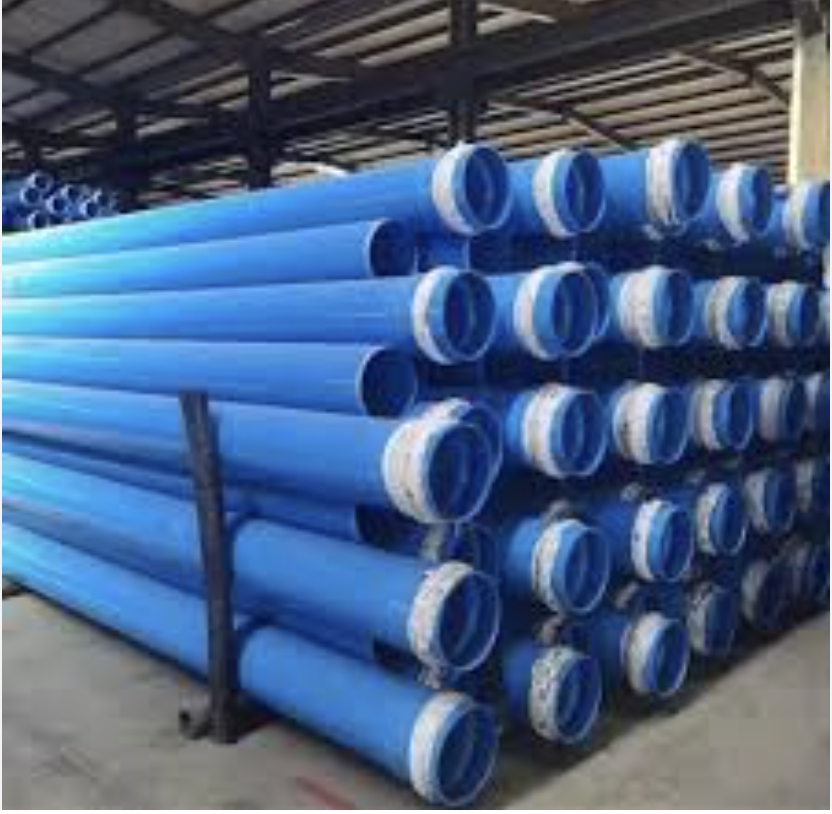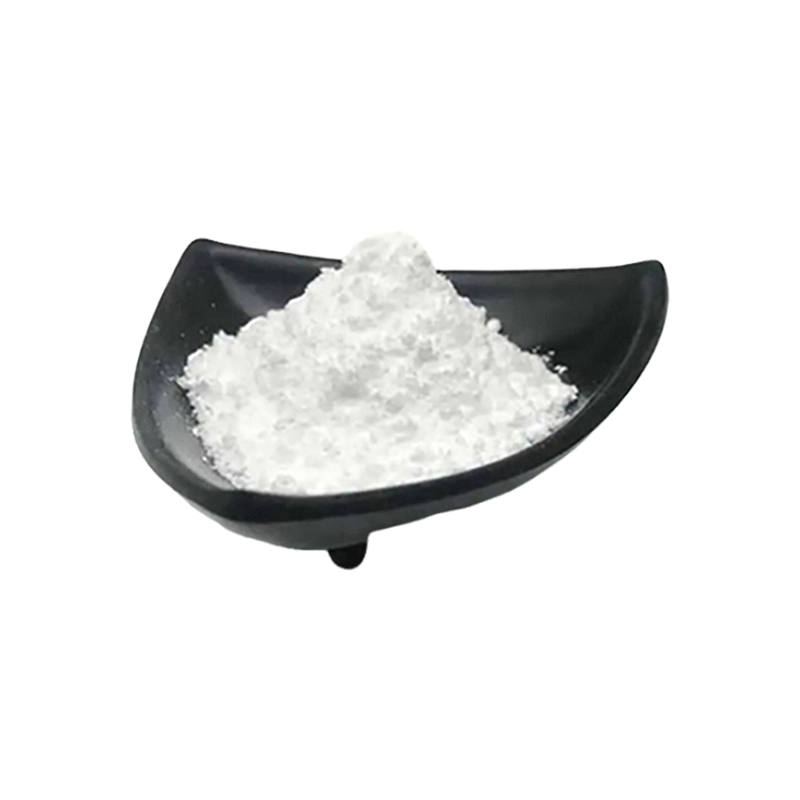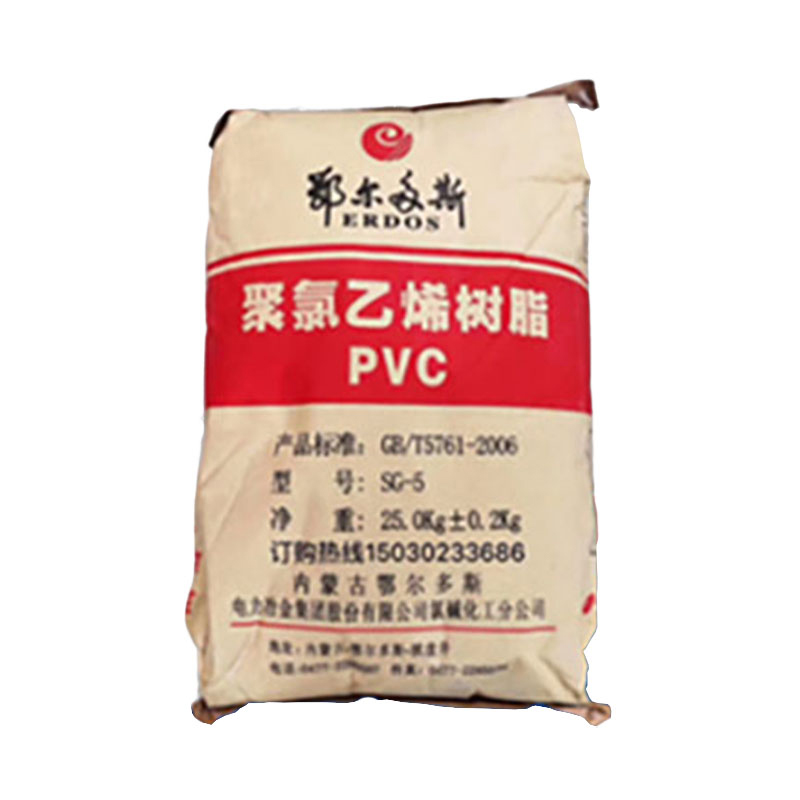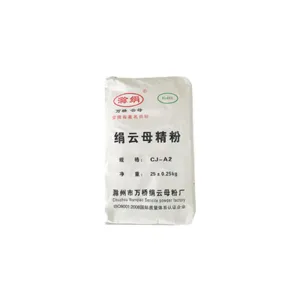Union Budget 2016-17: FICCI’s recommendation for the petrochemical industry
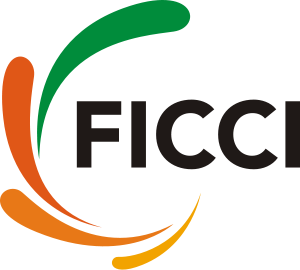
The petrochemical industry is facing financial difficulty with pressure on prices and margins, this has discouraged capacity expansion, investment in the sector is severely lagging demand growth. This is making the “Make in India” campaign infructuous. There are already large imports and huge outflow of foreign exchange. The situation would get aggravated with burgeoning trade gap. In the above back-drop, FICCI would like to make the following submissions for the Government’s considerationFeedstock and Inputs
(i) Feedstock is the major component of cost in petrochemicals. While in the Budget 2014-15, partial relief was given by reducing the import duty from 5% to 2% on feedstock like Ethane, Propane and Butane, duty on the largest feedstock for the industry – Naphtha, remained unchanged, Naphtha is also used for power and fertilizer production, wherein for fertilizer production it is exempt from import duty. This anomalous situation needs to be corrected.
(ii) lmport duty on key petrochemical feedstocks Naphtha (HS code: 27101290) may therefore be reduced to 2.5% to bring it at par with other petrochemical feedstock. This in turn would increase the duty spread between the feedstock and end-product (polymers) and incentivize domestic manufacturing. Currently, the duty spread in India is one of the lowest in the world.
(iii) Liquefied Natural Gas (LNG) is a basic input to the chemical and petrochemical industry. In order to enhance the cost competitiveness of the industry, import duty on Mixed petroleum Gases / LNG (HS code: 27i12900) be brought down from 5% to 2.5%.
(iv) Import tariff on key petrochemical inputs EDC (HS code: 29031500), VCM (HS code: 29032100) and Styrene (HS code: 29025000) may be brought down from 2% to zero. There is very little production of many of these for merchant sale within the country and whatever capacity exists is essentially for captive use.
There is no domestic production of Styrene and the entire Styrene requirement of the country is imported.
Polyethylene (PET)
Polyethylene (PET) is one of the important raw materials extensively used by textile and the packaging industry. With the growth of retail, demand for PET is expected to rise rapidly, Most of the major plastics raw-materials attract 7.5% duty. India is having significant investment in its production and the country is a net exporter of this material, import duty on PET (HS code: 390760) may therefore be raised from the existing level of 5% to 7.5% thus bringing this at par with other major commodity plastics, The 3 tariff lines covered under the PET tariff subheading 390760 are 39076010, 39076020 and 39076090 of which 39076010 finds wide applications in the textiles sector.
Engineering Plastics
India has a nascent engineering plastic production capacity. These are advanced materials with superior properties mainly used in critical applications in automotive, appliances, electrical, lighting and electronic sectors. India has reasonable investment for production of ABS and SAN. However, import duty on the materials continue to be at 5%. It is proposed that import duty on ABS (HS code: 39033000) and SAN (HS code: 39032000) be increased from 5% to 7.5% aligning this with other major plastic raw-materials.
Synthetic Rubber
India has a growing automotive industry and associated tyre and rubber goods industry. The industry uses both synthetic and natural rubbers wherein import duty on the major synthetic rubber like SBR and PBR are at 10% level. The objective is to protect the natural rubber sector from large scale import of synthetic rubber. However, Butyl rubber or IIR has an import duty of 5%, much below the level applicable for other major synthetic rubbers. In view of this import duty on Isobutylene Isoprene Rubber (IIR) (HS code: 40023100) and Halo Butyl Rubber (Hilo lsobutene lsoprene Rubber-HIIR; HS code: 40023900) be raised from the existing 5% to 10% to rationalize the duty structure in the synthetic elastomers sector.
Man-made Fibres and Yarns
The whole of textile industry has been demanding reduction in the excise duty on man-made fibre (MMF) and yarns to increase the domestic consumption. The present rate of 12.5% is very high and discriminates MMF with Cotton which has zero excise duty. This makes man-made textiles, used by masses, expensive. It may be noted the all spun yarns of cotton were given an optional route in 2004 and spun yarns of man-made fibres too given the optional route in 2006. A reduction in excise duty from existing 12.5% to 8% may be considered.
Indian Plastics Processing Industry
This is an important segment of Indian industry with usage in packaging, agriculture as also auto, medical and other segments as they replace items such as wood, metal etc. The sector has huge unrealized potential, going by the present very low levels of consumption in the country. Per capita usage is only about 10 kg in India as compared to about 100 kg in USA and 40 kg in China. Central Excise Duty on Plastic Polymers and Articles of Plastics Plastic products have replaced wooden products substantially:-
• 6000 MT of plastic furniture saves 140,000 cubic meter of wood or 32000 hectares of forest.
• Plastic crates have substituted almost 95% of wooden crates used in the soft drink industry.
• The only viable alternative to the wooden furniture is plastic moulded furniture. Plastics have been coming up as replacement of wood in furniture in a major way.
• Only PVC doors and windows, plastics crates, plastics furniture can save at least 17.5 million trees from cutting. Plastic based wood substitutes are amenable to recycling. To conserve wood, the Government of India in 1988 had issued a directive to promote wood substitutes, including plastics in all Government and institutional purchases for furniture, door and window frame and shutters.
The organized Plastic Industry is today hamstrung by the grey market – estimated to be as high as 40% — on the one hand and under-invoiced, smuggled imports from China on the other. Reducing the central excise duty to 8% will bring down the cost spreads between organized segment and the grey market and correspondingly boost Government revenues both through better compliance and increased turnover. It is requested that Central Excise duty on plastic polymers and articles of plastics be reduced from 12.5% to 8%.
Imports of articles of plastic are taking place at low and unjustified prices. Articles of plastics are also imported under CChapters 42, 56, 63, 67, 90, 94, 95 and 96, the volumes whereof are also growing. It has been recommended by the subgroup on the Plastic Processing Industry constituted by the Department of Chemicals and Petrochemicals that Customs Duty on differential between Plastic Polymers and Processed Plastics Goods should be 10%. Keeping these factors in view, it is essential that import duty structure on imports of articles of plastics is re-calibrated to increase import duty on plastic goods from current 10 % to 15%. It may be noted that import duties in many of countries in the region are in the range of 15-20%.
Technology Up-gradation Fund for Plastics sector
Existing units need up-gradation/installation of new plant and machinery in place of old plant and machinery. Technology up-gradation fund scheme (TUFS) for Plastics industry is needed badly. This will provide loan to units at subsidized rates to Plastics Processors for the purchase of new machinery for up-gradation. The Indian plastics processing and converting industry has large population of older technology machinery and thus does not have the same technological edge to remain competitive in costs and quality compared to our global competitors. The proposed Scheme aims at making available funds to the domestic plastics processing and converting industry for technology up-gradation of existing units as well as to set up new units with state-of-the-art technology so that its viability and competitiveness in the domestic as well as international markets may enhance. There is increasing competition from China and other countries not only in the international market, but also in the domestic market. To meet the challenges the industry is required to become competitive, cost effective and quality oriented. This will make the industry competitive.
Setting up of Centres of Excellence
Centres of Excellence (COE) are needed for dealing with specific issues/segments in the chemical industry as follows:-
(a) Indian Bureau of Corrosion Control – India loses a colossal figure of over Rs 2 lakh crores every year due to the menace of corrosion. The annual cost of corrosion worldwide is estimated to be $2.2 trillion. Corrosion has a huge economic and environmental impact on virtually all facets of the world’s infrastructure, from highways, bridges, and buildings to oil and gas, chemical processing, water and wastewater systems and particularly industrial structures. A Centre of Excellence (COE) jointly with industry can help identify the causes and measures to deal with corrosion including awareness generation.
(b) Agrochemicals, Dyes/Colourants and Pesticides – This segment of industry has huge potential and needs to be encouraged. More than 60% of production from these sectors in India is getting exported, indicating the potential of the sector from a global perspective. A COE for this segment will be helpful.
(c) Fire-Retardant Chemicals – Accidental fires are causing huge losses. (Estimated loss of lives is 25000 persons per annum, besides huge economic cost). In modern homes where rooms contain upholstered furniture, varied electrical and electronic equipment, (made mainly of plastic components) and other consumer goods, fires can develop rapidly and violently. The focus so far has been on fighting fires, after they have taken place. There have been recent developments in the sector in relation to chemicals which retard/prevent fire. There is need to encourage and create awareness about these developments in the chemical industry. The focus of flame retardants is on fire prevention rather than fire mitigation. It is important to bring out issues related to the safety aspects and also the potential of chemicals for fire safety in a preventive mode as also in an environment friendly manner. We propose setting up a Centre of Excellence for the Fire Safety aspect.
Reverse SEZs – Setting up of Chemical Complexes in Resource Rich Countries
The concept envisages Indian Companies to invest into such a zone established in resource rich countries, to use the cheap gas/resources available to make chemical building blocks and bring them to India for the country’s needs. Both countries will be benefited as investments flow to that country as also jobs get created. India receives assured supply of intermediates/chemicals for final value addition in the country.
The country is deficit in cheap energy sources particularly natural gas and needs to depend more and more on fuels such as LNG. The local availability of gas is very limited and unable to meet total needs and the country needs to depend on imported LNG. On the international scenario with new discovery of shale gas in the USA and recent discoveries in Africa, the local gas prices in these countries are now between $2 to 3/MMBTU. Learning from other countries, such as China where energy and mineral needs have pushed the country to source these inputs in far flung regions, such as Brazil, Africa etc., India needs to similarly progress in order to secure its needs in energy and building blocks. The closest energy/gas availability in abundance in countries around India is as those in Africa, Middle East and on the eastern border of India. However, since these countries are politically unstable, it is always a high risk for an individual Company to set up gas based manufacture of basic building blocks in these countries. It is therefore, proposed that the Indian Government help create a Special Economic Zone (SEZ) in these countries and maintain a politically stable relationship
with the local Government. Various Indian Companies would be interested to invest into such an SEZ to use the cheap gas available to make chemical building blocks and bring them to India for the country’s needs. The Reverse SEZ would be blessed with political stability due to the Indian Government and economic attractiveness due to cheap availability of gas in these countries.
The biggest beneficiary would first be the Fertilizer industry which would be able to get gas, its major input at a price which would be 1/4th of its current price. It is expected that every fertilizer plant with an individual capacity of 1500 tons/day would be able to save about a thousand crores every year, thereby contributing to reduce subsidies permanently. The Petrochemical industry could look at making basic building blocks along with the Fertilizer industries in these Reverse SEZ areas such as Ammonia, Methanol and other C1 chemistry products. Cheap availability of C1 building blocks from the Reverse SEZ area will help assure large investments on downstream products in India (home market) India could also explore opportunities to make power based on crude/cheap Methanol being imported instead of LNG. Some countries so identified include Mozambique, Iran, Oman and Myanmar.
Register Now to Attend NextGen Chemicals & Petrochemicals Summit 2024, 11-12 July 2024, Mumbai
Recommended Suppliers
 September 23, 2024
September 23, 2024  June 3, 2024
June 3, 2024  June 3, 2024
June 3, 2024  June 3, 2024
June 3, 2024  June 3, 2024
June 3, 2024 





